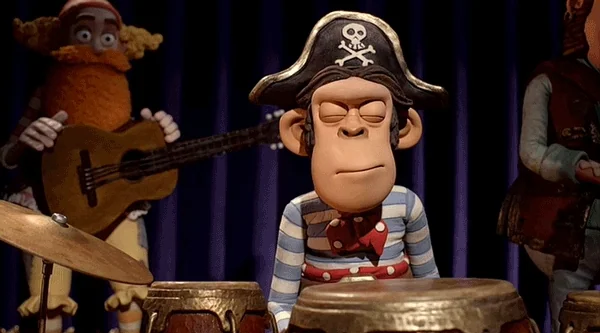Originally published at: How color correction in movies reinforces racial stereotypes | Boing Boing
…
There’s a reference in the attached NPR piece to “Shirley cards” which Kodak supplied to help calibrate equipment. Here’s one:
Says it all.
(ETA: reference is in NPR link not the main video)
The Soderburgh thing is interesting-- Faulkner wanted “The Sound and the Fury” to be printed in different colors to indicate the different story lines as well, he had to settle for switching into and out of italics, except there’s more than two story lines so the reader still has to decipher which timeline we’re in.
Thanks for this.
Goes to show how directed celebrity worship and egregious colour timing help promote the shaping of public opinion
Those Walter White shots are both bad. Too blue and too orange.
IKR? Not white at all!
“Proof of the deep state conspiracy!” - Trump
I’ve always been stunned at how music is utilized in this way as well and how even seemingly conscientious directors will gladly deploy the Muslim call to prayer or just a generic Arab-sounding ululation over a set piece of, say a terrorist camp as well as an Arab village or urban scene, indicating that they are virtually interchangeable.
i call shenanigans. not that this isn’t a thing that’s happening, but the examples they show from Breaking Bad have been ratcheted up a bit more to make the point more glaring. it was not THAT orange/yellow, i’m certain. i haven’t seen the movies they use as examples elsewhere, but the Breaking Bad ones are so bad the show would be unwatchable if it was all that way, and we were glued to that show.
back hawk down is just pure military propaganda to begin with.
Off-topic, but another thing I hate about Traffic is the fact that it’s just a remake of a very fine movie in order to feed Hollywood’s egocentric vanities, part of a long line of films remade to cater to USian egocentric tastes, like not having to read subtitles in foreign film.
Oh joy.
A film about color grading that itself is graded in a sickly 1970s era faux filmic scheme. A film that’s made in the COVID-19 era, so naturally features the cruddiest of webcams.
Taking the racial components out of the discussion for a moment, there is a lot of fascinating technical details involved with digital color correction and their effect on the tone and emotional impact on the story.
I look at O Brother Where Art Thou as the primary example where I first really noticed the difference it made.
Walter is almost…Breaking Bad
Sorry, I’ll let myself out

When you shoot everything in Vancouver you need all the help you can get to convince the audience it’s in [insert intended location]
The Aviator used film grading to simulate historic film stocks–
Two color Technicolor:

Three color Technicolor

From
https://theasc.com/magazine/jan05/aviator/page1.html
Personally, I’d like to know what techniques Joe Wright uses.
That Gus Fring scene was exactly that yellow in the show.
Color grading can be ridiculously evocative. The way they made each episode of WandaVision portray (perfectly, IMO) a different era of television was mainly fastidious color grading.
You mean that photographic film was optimised for pale skin.
I had thought the color tones were just a shorthand way to quickly communicate details that are hard to show visually, both literal things (like yellow-orange implying hot and arid) and subjective ones (like the green cast of the Matrix scenes that happen in the matrix).
Using blue filters in night shots (especially day-for-night shots) was “standard” long before the advent of digital color grading. Photographers and visual artists have always associated colors with temperature: the warm glow of candlelight versus the cold, sterile feeling of blue light in an operating room. There are also depth cues in colors: blue tends to seem farther away than colors close to blue’s complement.
I hadn’t realized that the palettes had been used so consistently that they’d taken on racist and xenophobic implications. That’s terrible.
Black Hawk Down, which I saw only because it came free with my laserdisc player, was so blatant in how it turned people into a faceless mass that it couldn’t have been an accident of going for that grainy look. That was really overt and disturbing.





